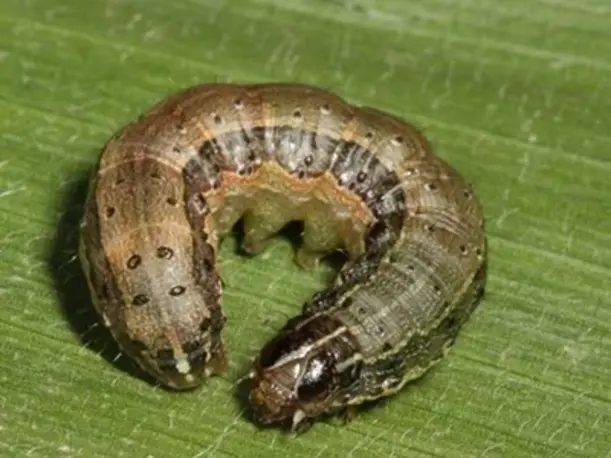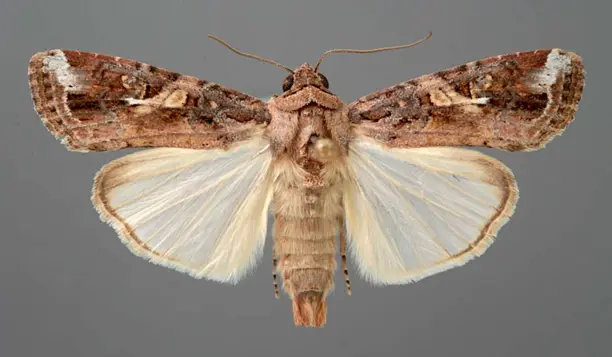Fall Armyworm
2 min read
The fall armyworm is a problematic moth known to damage crops during its larvae stage. While originating from various continents, it reached New Zealand in 2022, likely from Australia. Monitor crops closely, especially sweetcorn and maize. If you suspect fall armyworm on your property, contact your crop manager or industry group for the actions to take and advice on the best management options for your crops. Being vigilant helps protect your crops and prevent its spread in your community.
The fall armyworm is not a worm but a highly invasive moth that can threaten crops in its larvae stage.
The larvae may do the damage, but the adult moths ensure the rapid spread of the pest. If pushed by winds, moths can fly up to 100km a day.
The fall armyworm (Spodoptera frugiperda) arrived in New Zealand around February 2022, it is thought to have come from Australia. The moth is found around the world and is present in the Americas, Africa and Asia, and more recently has been found in Papua New Guinea, parts of Australia and now New Zealand.
Early detection and strong surveillance are our best defence against the fall armyworm.

Fall armyworm larvae
Fall armyworm larvae have four distinctive black spots aligned in a square on the top of the eighth segment near the back, a Y on the head section and a light stripe down the side.

Fall armyworm moth
The fall armyworm moth measures 3-4cm from wingtip to wingtip. Females and males have a white hindwing with a dark brown margin.
If you suspect fall armyworm on your property, contact your crop manager or industry group for the actions to take and advice on the best management options for your crops. Contact FAR if you have any questions about the long-term managmenet programmes for fall armyworm.
Surveillance and pest management, including use of registered insecticides, is our best defence. It's important you know what to look out for and know what to do if you have found it.